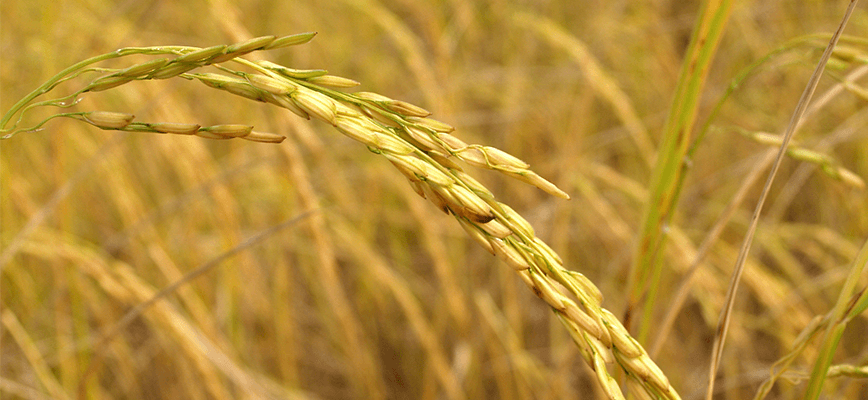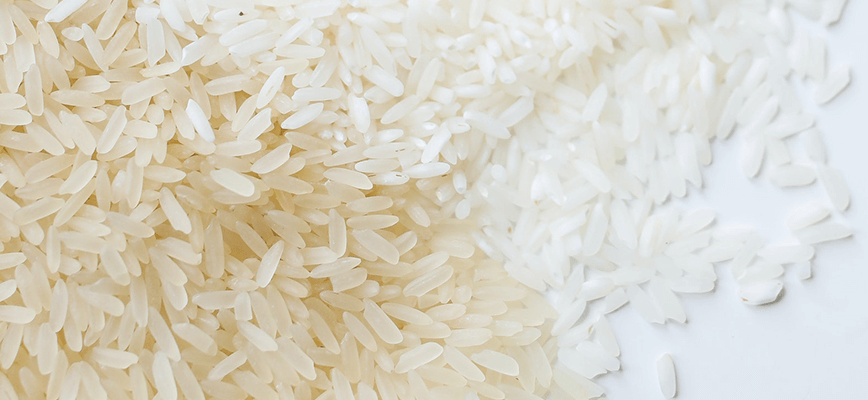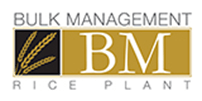RICE
Bulk Management (Pakistan) Pvt. Ltd. operates a state-of-the-art rice processing facility at Port Qasim, established in 2012, with an annual capacity of 280,000 MT. We process a wide range of rice varieties including IRRI-6, Basmati (1121, Super Basmati), PK 386, Supri, D-98, and more. Our facility features over 240,000 sq. ft. of controlled storage, with separate areas for raw and processed rice to ensure zero contamination.
Quality control is maintained through a dedicated 24/7 laboratory that tests rice for moisture, grain length, broken percentage, and color, ensuring products meet strict international standards.
We supply premium rice to leading global companies such as Bernas, Louis Dreyfus, Olam International, Wilmar, LT Foods, and others. We are committed to delivering excellence in every grain.
Introduction
Rice is the seed of the grass species Oryza glaberrima (African rice) or Oryza sativa (Asian rice). As a cereal grain, it is the most widely consumed staple food for a large part of the world’s human population, especially in Asia and Africa. It is the agricultural commodity with the third-highest worldwide production

Two types of rice varieties in Pakistan
IRRI-6 rice is short long grain non-basmati rice grow in interior Sindh, Regions of Pakistan. IRRI 6 Long Grain is very popular in Bangladesh, African Continent and Gulf Markets. IRRI-06 3,545,654 MT exported by Pakistan in 2018-2019.
Basmati rice is a type of white rice commonly grown in the Himalayas, India, and Pakistan. Basmati rice grow in interior Punjab, Regions of Pakistan It is long-grain rice that is characterized by a light nutty flavor and floral aroma. 537,133 MT Basmati Rice exported by Pakistan in 2018-2019

Nutritional Benefits
Rice is the staple food of over half the world’s population. Rice provides 20% of the world’s dietary energy supply, while wheat supplies 19% and maize (corn) 5%.
Cooked unenriched long-grain white rice is composed of 68% water, 28% carbohydrates, 3% protein, and negligible fat (table). Cooked short-grain white rice provides the same food energy and contains moderate amounts of B vitamins, iron, and manganese (10–17% DV) per 100-gram serving (table).
World Health Organization (WHO) guideline showed that fortification of rice to reduce malnutrition may involve different micronutrient strategies, including iron only, iron with zinc, vitamin A, and folic acid, or iron with other B-complex vitamins, such as thiamin, niacin, vitamin B6, and pantothenic acid.
